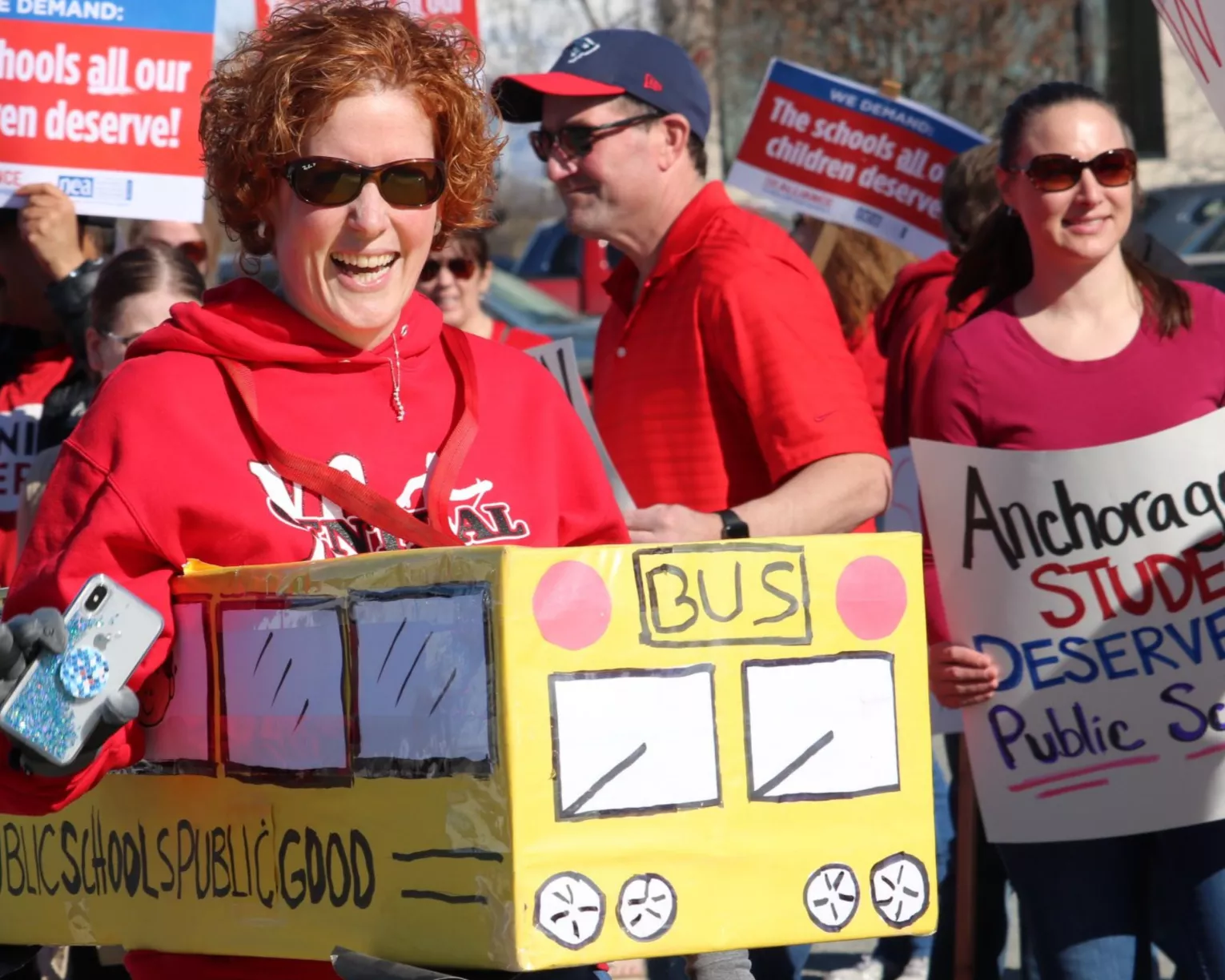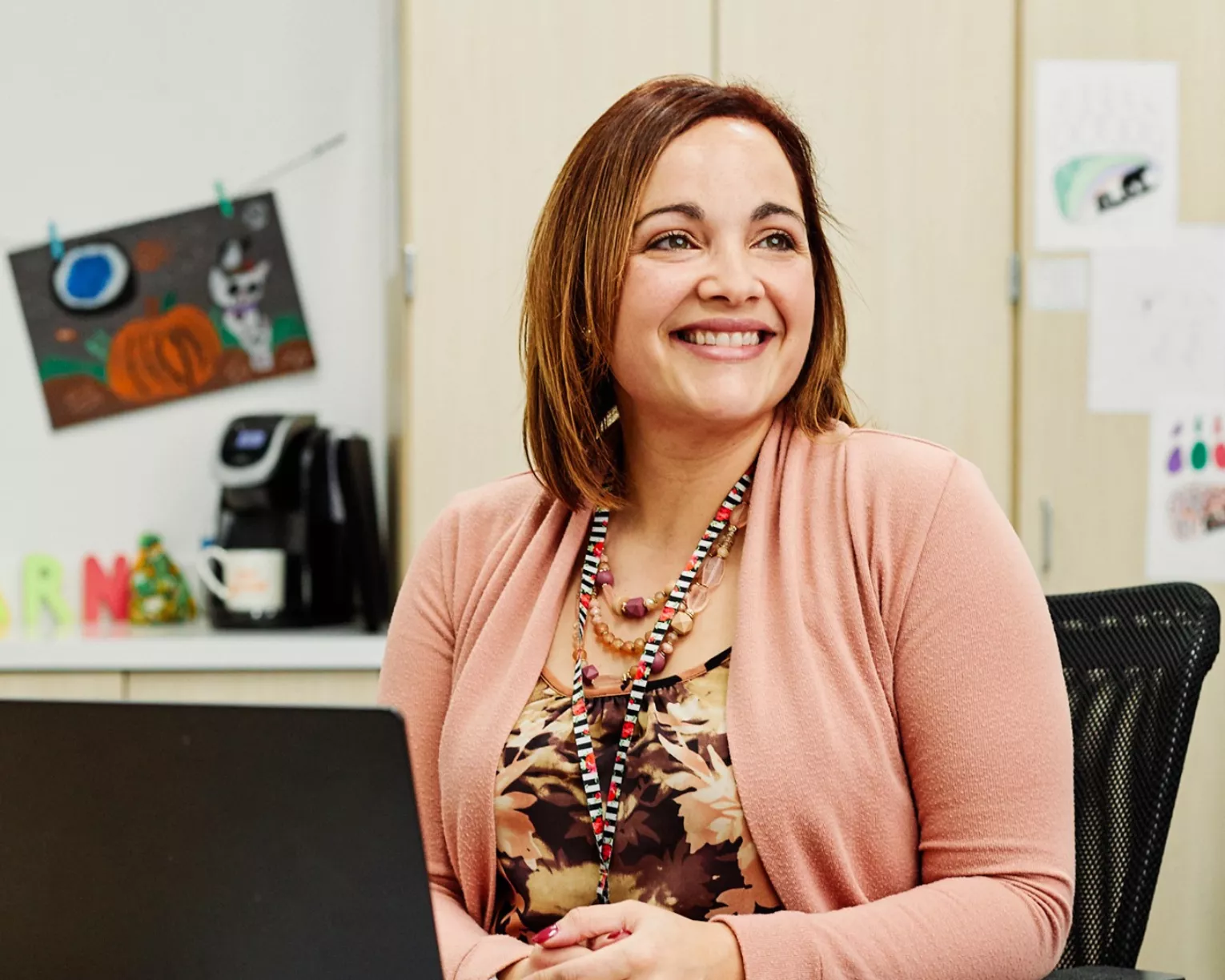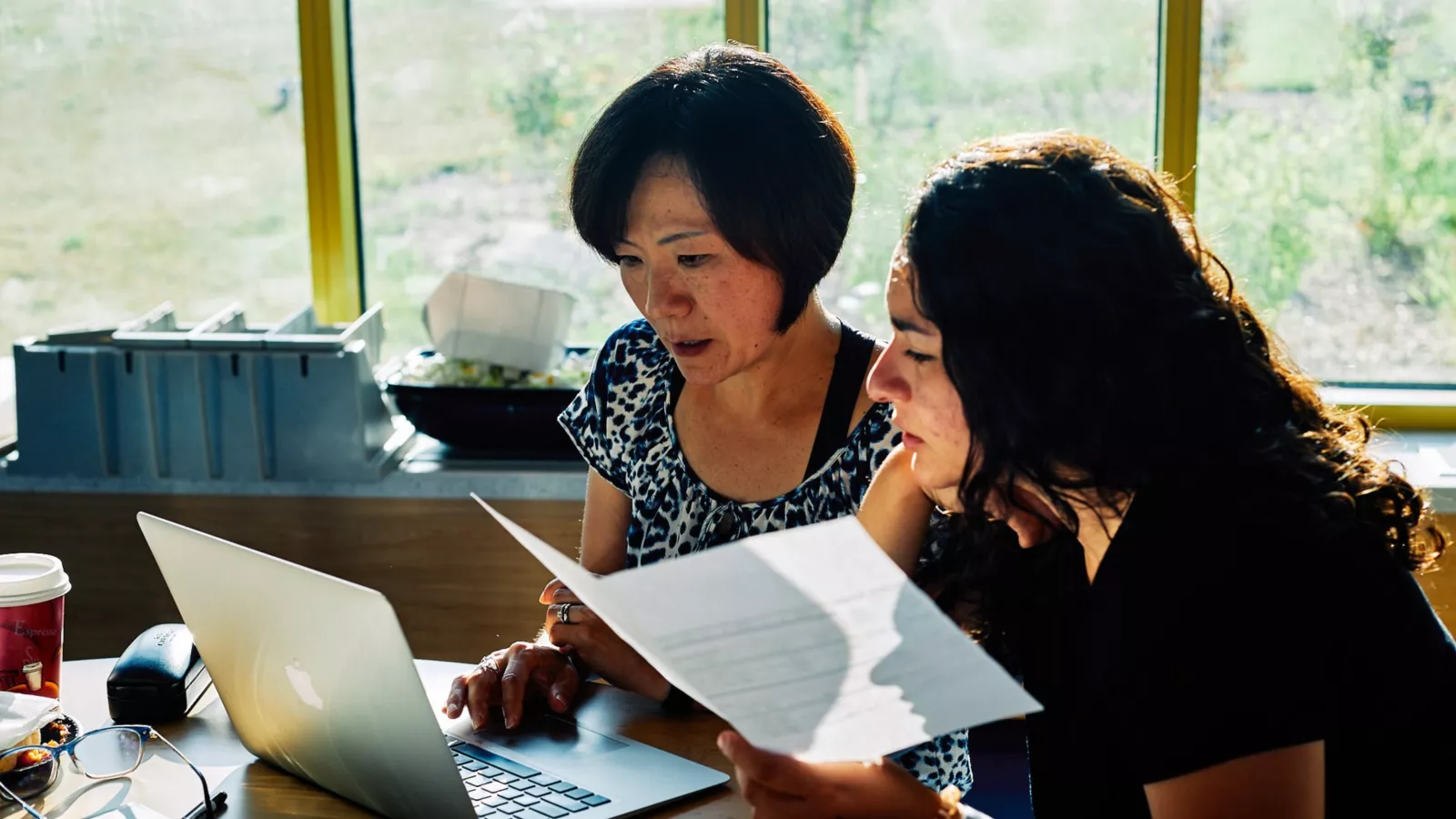How to use this toolkit
- Get to know your contract
- Learn about the collective bargaining process
- Be informed about the 5 Stages of Bargaining to be ready to support your local's next bargain
- Learn about Bargaining for the Common Good
Get to Know Your Union Contract
As a union, we work together to fight for great public schools for every student, regardless of zip code.
By using our collective voice and the power of bargaining, we win higher wages, improved benefits, and better working conditions so that our members can focus on supporting students, instead of worrying about paying bills or confronting soaring medical costs.
Your union also negotiates for better teaching and learning conditions so that everyone connected to the school—students and parents as well as all educators—benefits.
Get to Know Your Contract
Collective bargaining is a process in which your association and your employer exchange ideas, mutually solve problems, and reach a written agreement—the collective bargaining agreement (often referred to as the “contract” or “CBA”). Read your contract, become familiar with it, and then seek out your association/building representative, local president, or UniServ representative if you have any questions. Attend your local association meetings so you can learn more about your rights and how your association can help you—both in and out of the classroom.
Here are key provisions that educators ask about the most…
The contract contains several provisions that describe how the association operates and protects your rights. It contains a formal dispute process, usually called a grievance procedure. It also explains your due process protections. This section also includes how your association communicates with you about school district policy changes and activities, and association events (e.g., bulletin boards on site, email, union meetings).
Your union negotiates your salary increases for the duration of the contract. Most contracts include a salary schedule, which spells out your current salary, and describes how and when you will earn more. Increases are typically based on an overall increase to the entire salary schedule (typically called a “cost of living adjustment” or “COLA”) or “moving up” a step or “across a lane” based on experience or earning continuing education credits or certifications, respectively. Sometimes, you receive additional stipends for working in high poverty schools or for taking on additional responsibilities.
- Medical, dental, and vision benefits: You’ll find details on plan offerings, your costs, employer contributions, eligibility, and more.
- Retirement security: Retirement may not seem like an immediate concern as you start your career but our union believes you should retire with dignity. For most career educators, your retirement benefit is the largest financial asset you will ever own. This provision describes the characteristics of pension plans—what your contributions and benefits are or can be, and other details—and supplemental retirement accounts, such as 403(b) plans.
- Leave benefits: You are entitled to different types of leave such as medical, personal, bereavement, and family leave. Learn how you accrue these benefits (Do you have a pool of days at the beginning of the school year or do you accrue time as the year goes on?) and how you apply for the different types.
- Student loan repayment: Many associations have negotiated policies to help you offset your student loans. You should review your school district’s existing policies to ensure you are taking advantage of the opportunity.
Your contract contains many provisions that improve your working and your students’ learning conditions, such as class size, healthy and safe buildings, supply stipends, among others. The contract also specifies your daily hours of work including any breaks, and the number of days in your work year.
Comprehensive professional learning is important for all educators, but it is particularly vital for new educators. Investing in yourself as an educator is the best way to ensure both career growth and enhanced student learning.
- Induction and mentoring/peer assistance: Hopefully, your school district has an induction/mentoring program, so an experienced peer can meet with and coach you about classroom management, curriculum development, parent communications, and other issues. If your school does not have a formal mentoring program, seek out your building representative to introduce you to an experienced teacher in your school.
- Educational/knowledge/skill improvement: Your school district should provide time, financial reimbursement, and other types of support for you to acquire more education and skills to improve your practice.
All educators, especially those new to the profession, need adequate time to collaborate and reflect with colleagues so you can grow professionally and improve your practice.
The section of your contract covering the school day, work week, or daily schedule is often where the negotiated planning and collaboration time policies can be found.
Your school district will have some type of evaluation system in place. Learn more about the criteria and timing of the evaluation, as well as your rights.

Our Voice = Our Power
Understanding Collective Bargaining
Understanding Collective Bargaining
Collective bargaining is the strongest and most empowering way to give educators a voice in advocating for great public education for every student. Collective bargaining is a process through which the union and employer exchange proposals, share ideas, mutually solve problems, and reach a written agreement.
Most times, bargaining occurs when an existing contract is going to expire. But sometimes, a local will be negotiating a first contract after organizing a new bargaining unit. Both sides form bargaining teams and gather information.
The resulting approved contract legally binds both parties. Each round of successor negotiations allows the parties to revisit existing agreements.

Collective bargaining is good public policy.
The 5 Stages of Collective Bargaining
The 5 Stages of Collective Bargaining
The union’s bargaining team is usually selected through a process outlined in the union’s constitution and by-laws, while the employer designates the management team.
Each team analyzes the current collective bargaining agreement to identify areas they want to improve.
Ideally the local will reach out to community partners, parents, and other stakeholders to seek input on issues for potential proposals.
Negotiations usually take several rounds of bargaining. The union and management sides express the rationale behind their proposals.
Some contract provisions remain predominantly the same from contract to contract while others, such as salary, are bargained with each contract. The parties may modify some sections, and either side may propose a new bargaining topic.
State law and court cases determine the mandatory, permissive, and prohibited subjects of bargaining.
When the union and employer teams reach a tentative contract agreement, they review the proposed contract with their respective constituency groups.
The union holds a ratification meeting where employees ask questions and offer opinions on the tentative contract agreement. Individuals are then asked to vote on the tentative agreement, usually by secret ballot. A majority of votes determines if the contract is ratified (accepted) or rejected.
The management team generally seeks approval from the school board or other governing body. If both sides ratify the tentative agreement, then the parties have a new (or successor) collective bargaining agreement. If the tentative contract agreement is rejected—by either party—the teams usually return to the bargaining table and continue to negotiate until they reach a new tentative agreement for a vote.
If the parties cannot reach an agreement, state law generally specifies how the dispute can be resolved.
Usually, the parties can use mediation, arbitration, and/or a strike or lockout to reach an agreement. Strikes (and lockouts) are infrequent in public education but are allowable in several states.
With the agreement of both parties, any section of a ratified contract can be revised during the term of the contract. In many districts, labor and management representatives meet regularly during the term of the contract to talk about and resolve issues of mutual concern, often through an established joint labor-management committee.
In addition, either at the bargaining table or during the life of a contract, the parties can bargain a memorandum of understanding (MOU) related to a specific issue. The benefit of an MOU is that it allows the parties to reach an agreement on a new or unforeseen issue that is important to both the union and the employer.
Bargaining for the Common Good
Bargaining for the Common Good
No matter where we live, we all want our kids to go to schools that foster a love of learning and give them the tools they need to succeed. But in too many schools, years of underfunding and cuts have meant students don’t get the support and opportunities they need.
With Bargaining for the Common Good, union members partner with the community around a long-term vision for the structural changes they want to see in their communities. Together, they use collective bargaining and advocacy as a critical moment in a broader campaign to win that change.
Uniting to Demand Change for Schools, Communities
Educators partner with parents and community members in order to identify issues and utilize bargaining, or other forms of advocacy, as a vehicle to make demands for the entire community.
Contract negotiations provide an opportunity for educators and their unions to involve the larger school community in the vision they want for their school and neighborhood. Instead of being alone and isolated in negotiations, unions join together with parents, and the community, which builds our power.
When we unite and demand specific changes for our schools, everyone benefits.
When we expand the continuum of bargaining, we build power, and go on the offense in order to fight for social and racial justice, for our kids, for our schools, for our communities, and for the future.
It’s All on the Table
With Bargaining for the Common Good, we not only fight for better pay and benefits for educators, we also fight for students and communities.
When the stakeholders come together, they can determine what their community needs.
Educators have used Bargaining for the Common Good to win:
Know Your Rights

